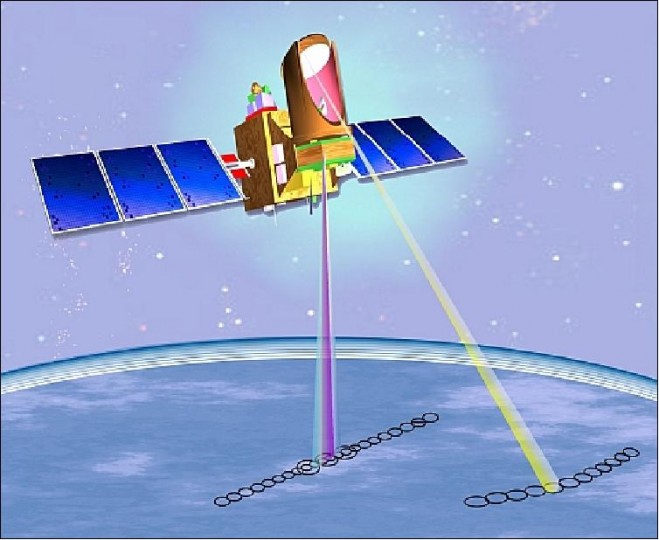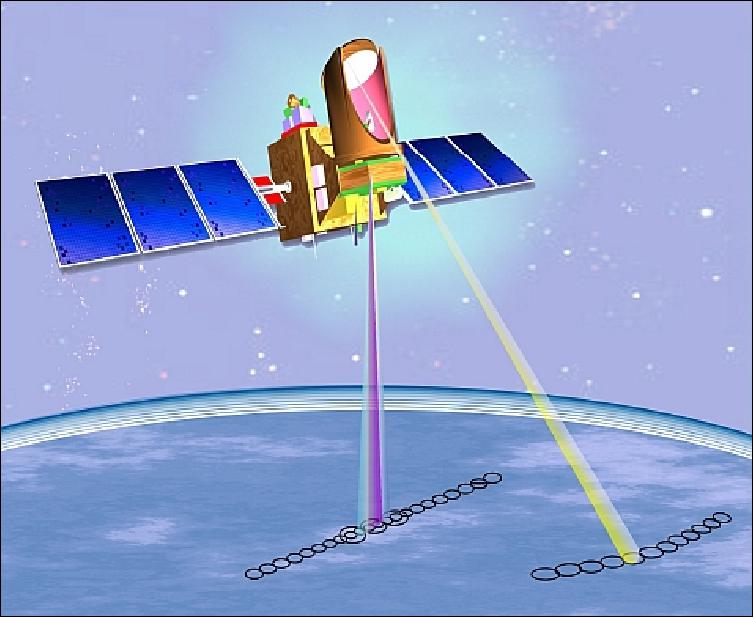

The Megha-Tropiques satellite was built by the Indian Space Research Organisation (ISRO) and the French National Centre for Space Studies (CNES) as a joint venture. The satellite is meant to study water cycle and energy exchanges in tropical regions for weather prediction and climate research. Megha-Tropiques was launched on Oct. 12, 2011, from SDSC, Shriharikota. The satellite has successfully completed seven years of on-orbit observations with four science instruments on board: MADRAS, SAPHIR, SCARAB and ROSA. Megha-Tropiques provides scientific data on the contribution of the water cycle to the tropical atmosphere, with information on condensed water in clouds, water vapor in the atmosphere, precipitation, and evaporation.
Photo credit: CNES, ISRO